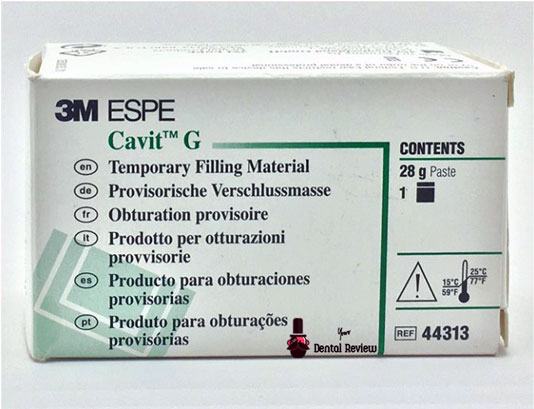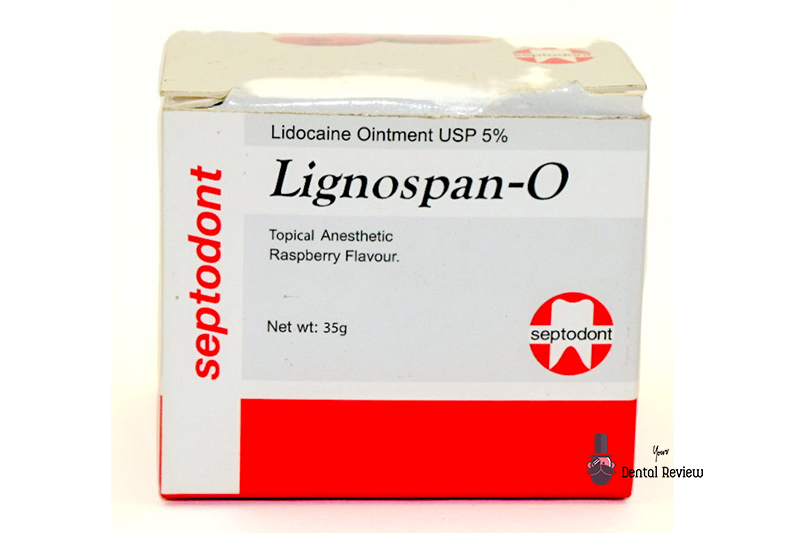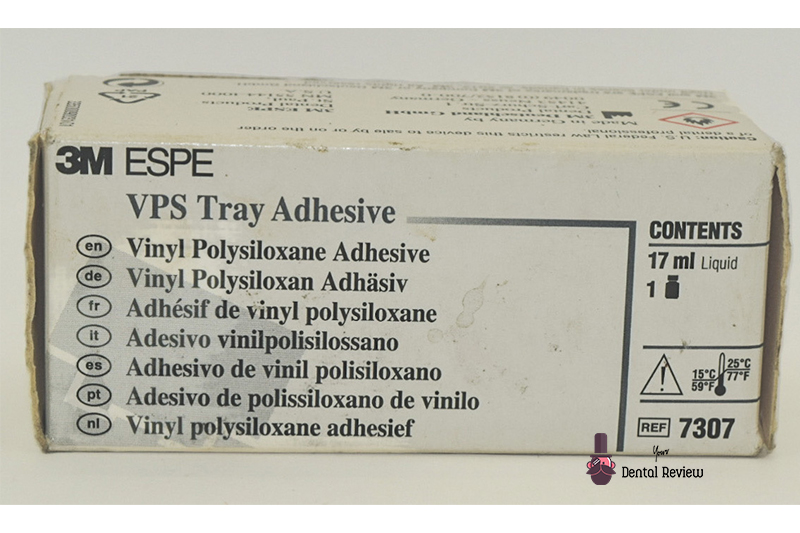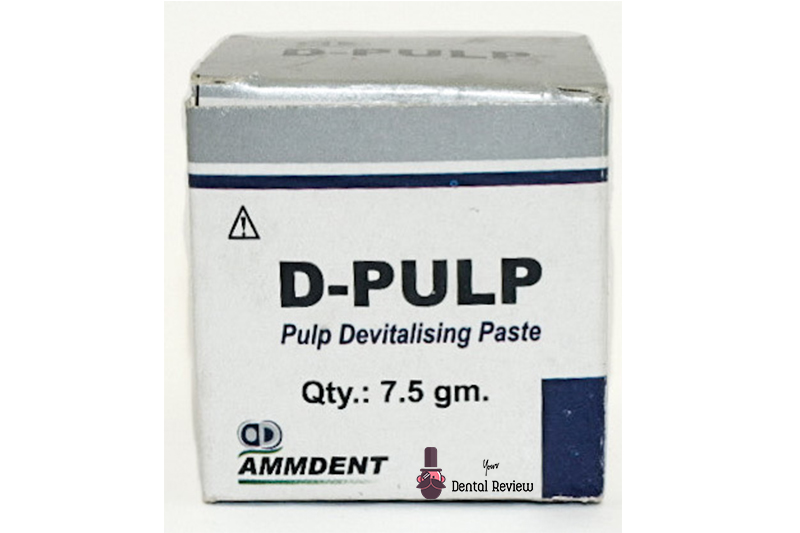Lidayn lidocaine topical aerosol (Surface Anaesthetic) is available from Dent Aids.
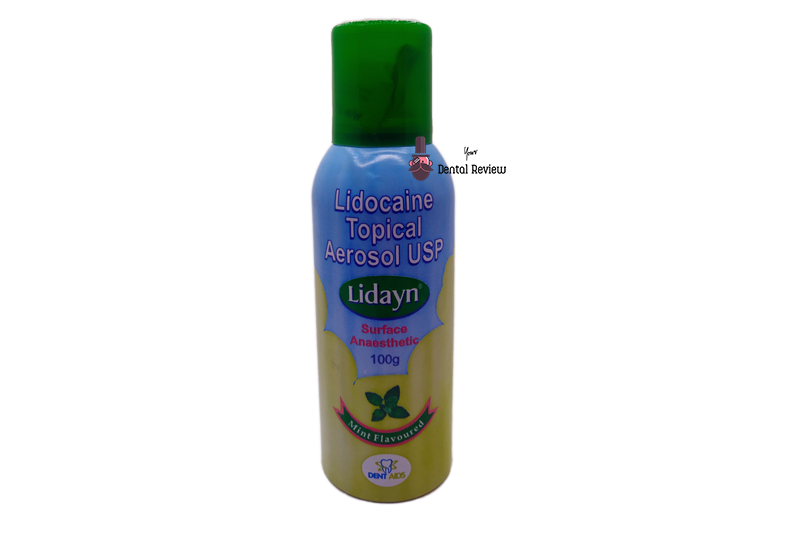
- Topical Anaesthetic Spray
- 100gm pack
- Mint flavour
Pros:
- Fast acting
- Company claims it can be used for more than 1800 sprays
- Cost – effective solution
Cons:
- Topical anesthesia of the palatal region using a spray (for that matter any spray) can trickle down the throat and can be very uncomfortable for the patient.
- As the spray is delivered using an extension tube, the control over exact site of delivery can be difficult at times and again lead to gagging or uncomfortable experience for the patient.
Composition of Lidayn Lidocaine Topical Aerosol (Surface Anaesthetic)
- 15% Lidocaine
- Inert solvents & propellants
Uses of Lidayn Lidocaine Topical Aerosol (Surface Anaesthetic)
- Numbing of gingiva before local anaesthetic injection
- Extraction of deciduous and mobile teeth
- Lancing of gingival abcess
- During scaling
How to use
- Shake well before use
- Spray using the extension tube to cover 1 cm of area
- Wait 2 seconds before second spray
| Onset of action | 4-5 minutes |
| Peak of action | 10-11 minutes |
| Duration of action | 15-18 minutes |
My review of Lidayn Lidocaine Topical Aerosol (Surface Anaesthetic)
Use of topical anaesthesia in the form of spray, gel or ointment to reduce pain and anxiety for patients before administration of local anaesthetic injection has been highly recommended. As is it’s use in extraction of deciduous and mobile tooth.
Topical local anaesthetics are available as Ligocaine or Benzoncaine. Studies have shown that Lignocaine has a faster onset of action with better efficacy in reducing pain.
Using a spray local anaesthetic instead of a gel gives you not much of an advantage, other than the cost factor. On the other hand, patient discomfort is greater with spray, as the spray tends to enter the throat inducing a gagging reaction. Even the taste of the spray is disliked by many patients.
To reduce the effect of spray, you may spray onto a pellet of cotton and then apply the cotton to the area of interest, rather than directly spraying the area. This though can reduce the efficacy of the anaesthetic agent.
A better alternative is use a local anaesthetic gel which has similar efficacy and does no discomfort to the patient.
So any reason that you want to use a spray LA? Just that it is a cost-effective topical anaesthesia.
In my opinion, as you are using a topical LA to provide patient comfort, LA gel should be a preferred option.
References:
- Evaluation of three topical anaesthetic agents against pain: a clinical study ; R Nayak , P Sudha ; 10.4103/0970-9290.29871
- A comparison of the efficacy of topical application of Lignocaine Hydrochloride 5% gel and Bupivacaine Hydrochloride 5% gel for extraction of teeth; N. V. V. Satya Bhushan and Ranganath N. Nayak; 10.1007/s12663-010-0038-3
- Comparison of efficacy among various topical anesthetics: An approach towards painless injections in periodontal surgery; P Koppolu, A Mishra, LA Swapna, K Butchibabu, A Bagalkokar, and Kusai Baroudi; 10.4103/1658-354X.169476

